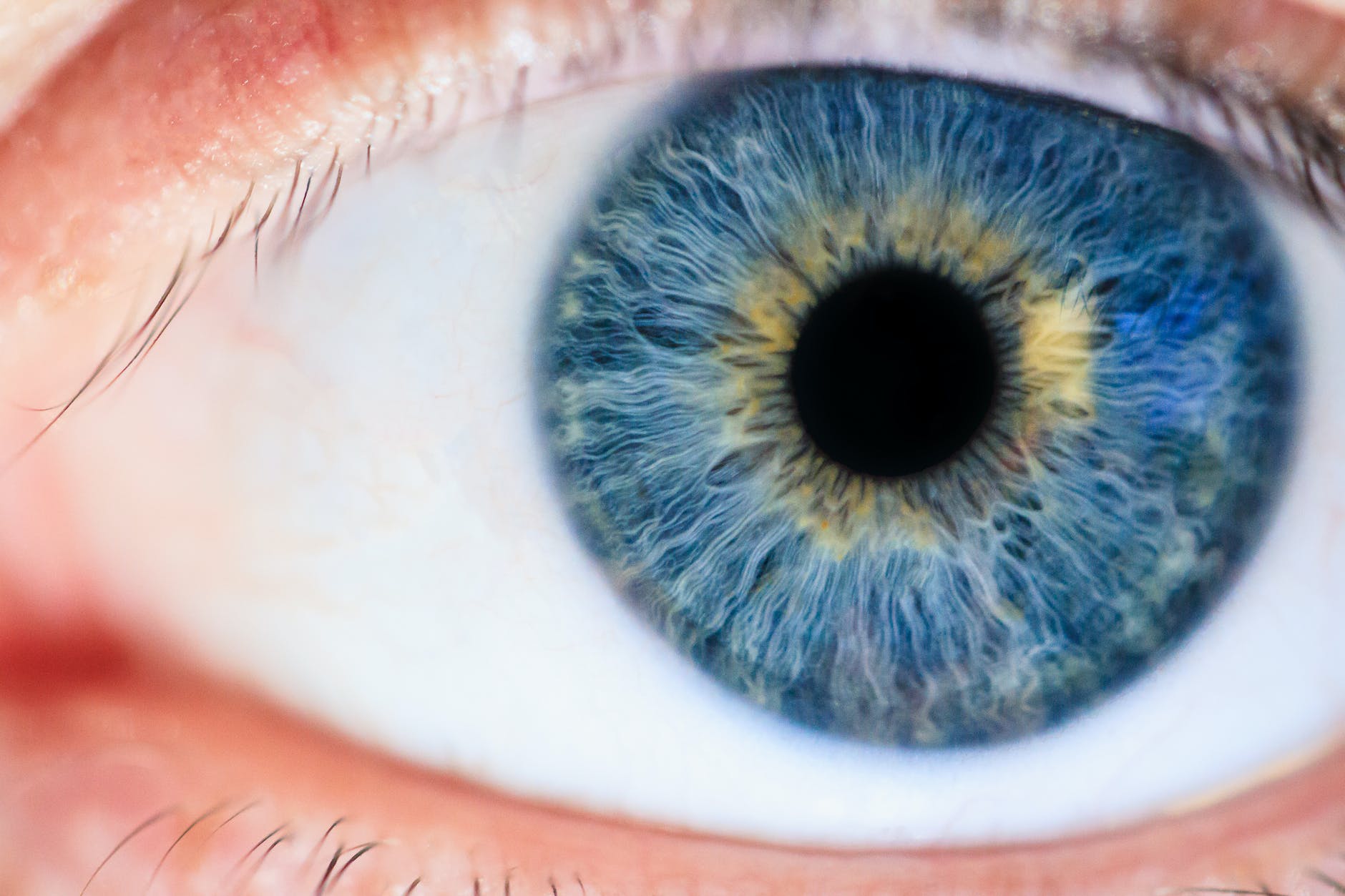 lue eyes have long been admired for their captivating beauty, but recent scientific research has shed light on a potential correlation between blue-eyed individuals and an increased risk of alcoholism. A groundbreaking study has sparked interest and controversy by suggesting that people with blue eyes may have a higher susceptibility to alcohol addiction. In this article, we delve into the study’s findings, explore the potential reasons behind this connection, examine the limitations of the research, and discuss its implications for understanding alcoholism.
lue eyes have long been admired for their captivating beauty, but recent scientific research has shed light on a potential correlation between blue-eyed individuals and an increased risk of alcoholism. A groundbreaking study has sparked interest and controversy by suggesting that people with blue eyes may have a higher susceptibility to alcohol addiction. In this article, we delve into the study’s findings, explore the potential reasons behind this connection, examine the limitations of the research, and discuss its implications for understanding alcoholism.
The Study on Blue Eyes and Alcoholism
The study that investigated the relationship between blue eyes and alcoholism was conducted by a team of researchers from various universities and institutions. They aimed to explore the possible genetic factors that contribute to alcohol addiction, with a particular focus on eye color as a potential marker. The study involved a large sample size and utilized advanced genetic analysis techniques to analyze the data.

The findings of the study revealed a statistically significant association between blue eye color and an increased risk of alcoholism. The researchers discovered that individuals with blue eyes were more likely to develop alcohol dependence compared to those with other eye colors. This revelation has opened up new avenues for understanding the genetic predisposition to alcohol addiction and has sparked interest among scientists and the general public alike.
While the study provides intriguing insights, it is essential to interpret the findings with caution. Correlation does not imply causation, and further research is needed to establish a concrete cause-and-effect relationship between eye color and alcoholism. Nonetheless, the study has paved the way for deeper exploration into the complex interplay of genetics, eye pigmentation, and addiction.
The Possible Biological Mechanisms
To comprehend the potential biological mechanisms underlying the association between blue eyes and alcoholism, researchers have hypothesized several theories. One hypothesis suggests that variations in genes responsible for eye color may also influence brain chemistry and reward systems, predisposing individuals with blue eyes to addictive behaviors.
Another theory centers around the role of melanin, the pigment responsible for eye color. It is believed that the same genes responsible for determining eye color may impact the production and distribution of certain neurotransmitters in the brain, including those involved in reward and pleasure pathways. This could potentially affect an individual’s response to alcohol and their susceptibility to developing addiction.

Additionally, researchers speculate that the genetic factors associated with eye color may interact with environmental influences, such as societal norms or cultural factors, to contribute to the higher prevalence of alcoholism in blue-eyed individuals. Further investigations are necessary to unravel the intricate relationship between genetics, eye color, and addiction.
Limitations and Criticisms of the Study
Like any scientific study, the research on blue eyes and alcoholism is not without limitations. Some critics argue that the findings may be confounded by various factors, such as ethnicity, socioeconomic status, or cultural differences, which can influence both eye color distribution and alcohol consumption patterns. Additionally, the study relied on self-reported data, which is subject to recall bias and subjective interpretations.
Furthermore, the study did not explore other potential risk factors for alcoholism comprehensively. It is crucial to consider that addiction is a multifactorial condition influenced by a combination of genetic, environmental, and behavioral factors. The blue eye color association, while intriguing, should be viewed as one piece of a complex puzzle rather than a definitive explanation for alcohol addiction.
To obtain a comprehensive understanding of alcoholism, future studies should consider a broader range of variables, including genetic variations, environmental influences, and behavioral factors, to capture the complexity of this multifaceted disorder fully.
Implications and Future Research
The study’s findings regarding blue eyes and alcoholism have sparked curiosity and raised awareness about the potential genetic factors contributing to addiction. Understanding the underlying mechanisms can aid in developing more effective prevention and treatment strategies, personalized interventions, and targeted support for individuals with a higher susceptibility to alcoholism.
Further research is needed to validate and expand upon the initial findings. Future studies could explore specific genes associated with eye color, conduct genome-wide association studies to identify additional genetic markers, and incorporate comprehensive assessments of environmental and behavioral factors.
By unraveling the complex genetic and environmental interactions related to alcoholism, researchers can enhance our understanding of addiction and work towards developing more personalized and effective interventions. This knowledge has the potential to transform the way we approach alcohol addiction and improve the lives of those affected by this pervasive issue.
The association between blue eyes and alcoholism, as revealed by the study, highlights the importance of genetic factors in understanding addiction. While the research offers valuable insights, it is essential to approach the findings with caution and consider them within the broader context of addiction research. Continued scientific exploration will deepen our understanding of the intricate interplay between genetics, eye color, and alcoholism, potentially leading to improved prevention, intervention, and support for individuals affected by addiction.
Avid Writer with invaluable knowledge of Humanity!
Upcoming historian with over 30 million views online.
“You make your own life.”





